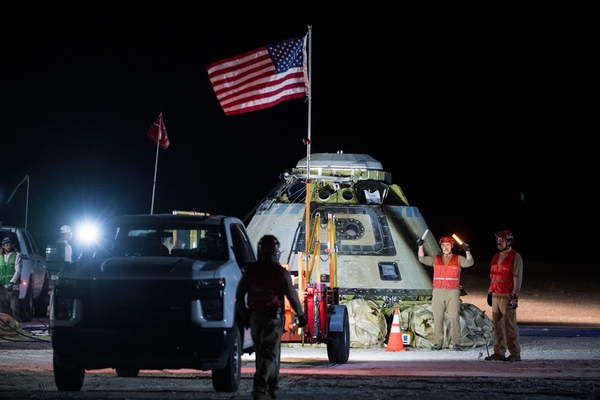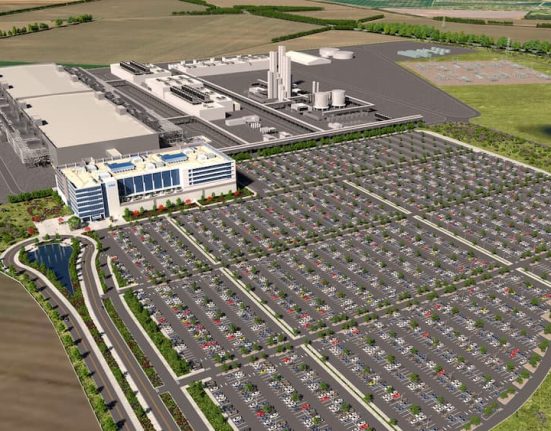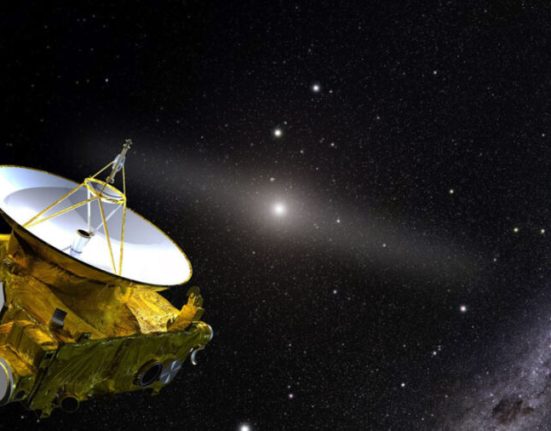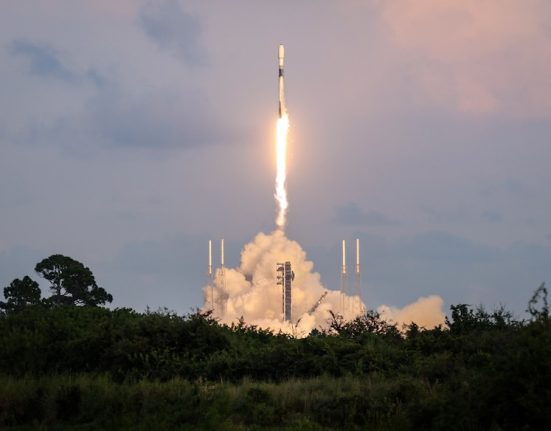 Recovery teams work on the Starliner crew capsule after it landed in White Sands, New Mexico, on Friday night with no crew on board. (Credit: NASA/Aubrey Gemignani) |
By Roger Handberg
Monday, September 9, 2024
The current crisis with Starliner has taken a step forward and made crew safety the primary concern. As an organization, NASA has learned that downplaying risks can be detrimental and that some resist it, but after three incidents involving crew loss (the Apollo 1 pad fire, the loss of Challenger during liftoff, and the most recent loss of Columbia during reentry), the agency is no longer willing to take the risk. Previous losses occurred because of identifiable hazards: warnings were ignored, never arrived, or were set aside by NASA leaders in pursuit of broader organizational goals. Recovery from those disasters took time and a refocus on crew safety.
| NASA might not survive another disaster involving loss of crew, and NASA had a seemingly safer option than a Starliner return flight. |
Two factors led to a choice that maximized crew safety. One is simply institutional survivability. NASA might not survive another disaster involving crew loss, and NASA had a seemingly safer option than a Starliner return flight. Having this second, safer flight option vindicated the U.S. Air Force’s resistance decades ago to designating the Space Shuttle as the sole U.S.-flagged space carrier. The Air Force resisted what it perceived as NASA dominance, but part of its resistance was the specter of a single-point failure launch profile. Tragically, the 1986 Challenger launch failure confirmed this. After more than two years, NASA’s return to flight was successful. By eliminating the solo shuttle option, the Air Force restarted its ELV flight program. That effort also struggled with flight failures, but no personnel died.
NASA, in developing the Commercial Crew Program, actively encouraged and funded the program to produce multiple flight options. The goal was to have a backup if one flight option encountered problems, possibly disrupting service. Ideally, the result is a continued ability to carry out flight options. The difficulty arises if the second option encounters difficulties that disrupt operations. That occurred briefly this summer when SpaceX suffered two flight anomalies. The first involved a leak in a Falcon 9 upper stage that prevented the Starlink spacecraft on board from reaching its proper orbit. That grounded the Falcon 9 for about two weeks in July. The second accident occurred in late August when a booster broke off while descending on its landing barge, halting launches for two days. The FAA-imposed delay was brief in both cases, with the latter incident occurring during booster recovery rather than during launch. The FAA acted on an assessment that SpaceX's Falcon 9 rockets had had a long series of successful launches with only minimal interruption.
Either way, the situation reinforces the need for alternative launch options. There are indeed alternative launch options for payloads both domestically and internationally, but what is less available are human passenger-carrying vehicles, with Chinese and Russian being the only flight options currently available. For whatever reasons, neither is likely to be acceptable to American policymakers, who have just lifted the yoke of Russia as the only American route to the International Space Station. Other international options are in development: India or, much later, Europe or possibly Japan. Domestically, Dream Chaser and Blue Origin were earlier competitors that NASA encouraged to continue but did not fund. Both need to demonstrate an ability to successfully launch and then move toward launching crews. Truly consistent development of human access to orbit and beyond demands more than one or two flight options.
For reasons of cost and redundancy, even a two-flight option is not optimal, but it is at least an improvement. The loss of one flight option leaves NASA and the commercial human spaceflight market dependent on a single option. Costs may not decline because the incumbent has no incentive to reduce prices. The longer the development of a second or third option is delayed, the greater the incentives for other states to push for expansion of their independent options. American prominence in space is based on its technological advantage, which is eroding. The world is becoming more skilled and sophisticated at space operations, narrowing the American margin of difference.
| NASA may need to re-engage in the pursuit of additional human spaceflight options, not because it wants to, but because it must if the United States is to remain competitive globally and in the future. |
NASA needs to encourage alternatives beyond the two designated flight options. This could involve some funding for potential new entrants. The unknown is always difficult, especially when NASA wants to focus on deep space operations, moving out of low Earth orbit. Necessity is forcing NASA to rededicate itself to developing other human spaceflight options. What is most interesting is NASA's response given Administrator Bill Nelson's prior experience as an astronaut just before the Challenger accident; safety was always his first instinct. Nelson is not considered a “real” astronaut given the political nature of his flight, but it seems to affect him as if he were one. In fact, his outlook might be even more safety-focused, since he was not chosen from among those deemed to have “what it takes.”
That focus on safety is not a singular vision, but it is often neglected due to the pressure of events and concerns for the survival of the organization. There was active disagreement over the decision to return the flight based on technical issues, but also on institutional factors. Boeing is in a difficult position to argue that the crew should return with the Starliner, but failure to do so puts Boeing in a position where its efforts to this point are signaling disaster for its long-term space activities. If this flight is not designated as a completed mission that certifies the Starliner, the cost Boeing incurs may be enough to cause it to abandon the field. This did not occur in a vacuum for Boeing, as it is an organization under pressure.
For that reason, NASA's decisions in this regard seem more reasonable at this point. Starliner's successful return doesn't change the original calculation, especially considering that one booster failed, but it wasn't fatal to the return flight. Still, NASA may have to re-engage in the search for additional human spaceflight options — not because it wants to, but because it must if the United States wants to remain competitive globally and in the future.
Note: We are moderating comments. There will be a delay in posting comments and there is no guarantee that all submitted comments will be posted.













Leave feedback about this